8 Free Digital Architecture transparent PNG images
Welcome to our 'Digital Architecture' image collection, featuring over 8 free AI-generated images. Explore a diverse array of stock photos, 3D objects, vectors, and illustrations showcasing the latest advancements in digital architectural design. Enjoy high-resolution downloads and use our 'open in editor' feature to customize prompts for your perfect image.
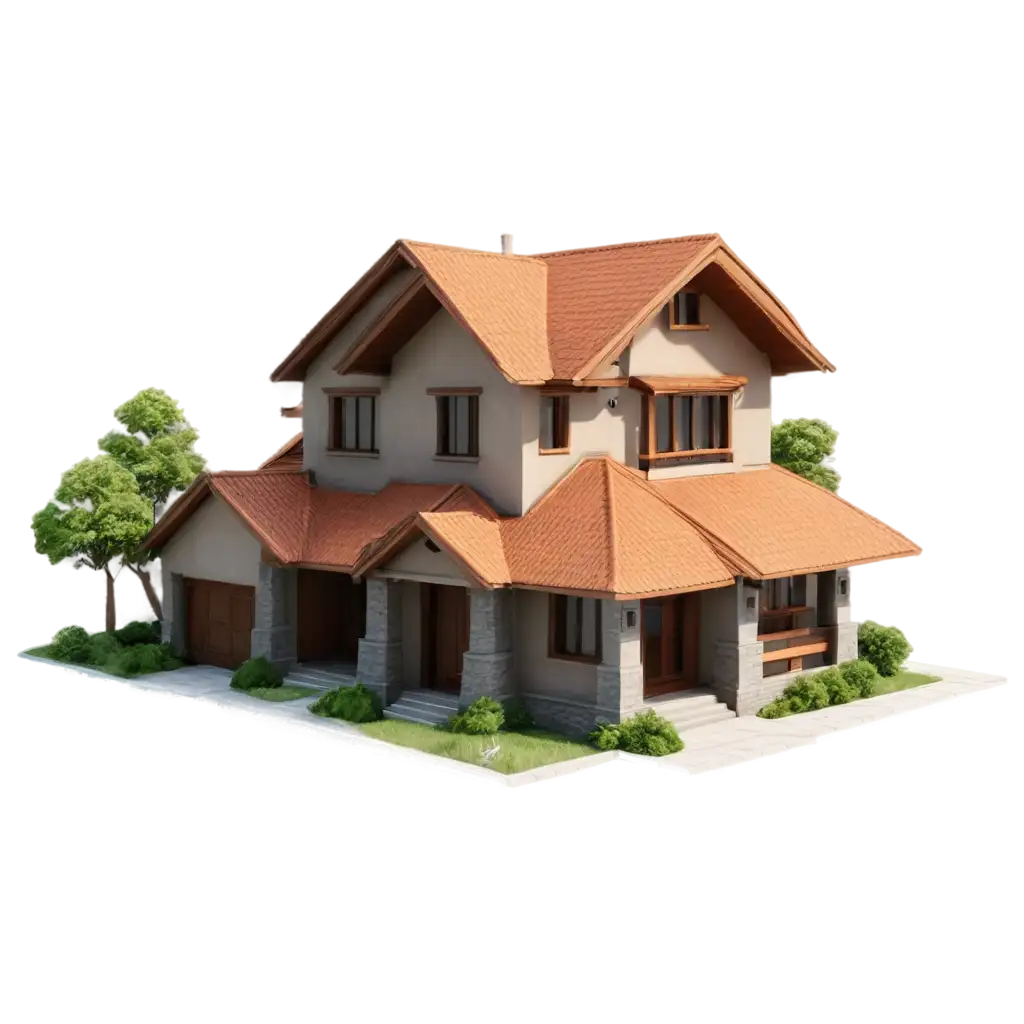


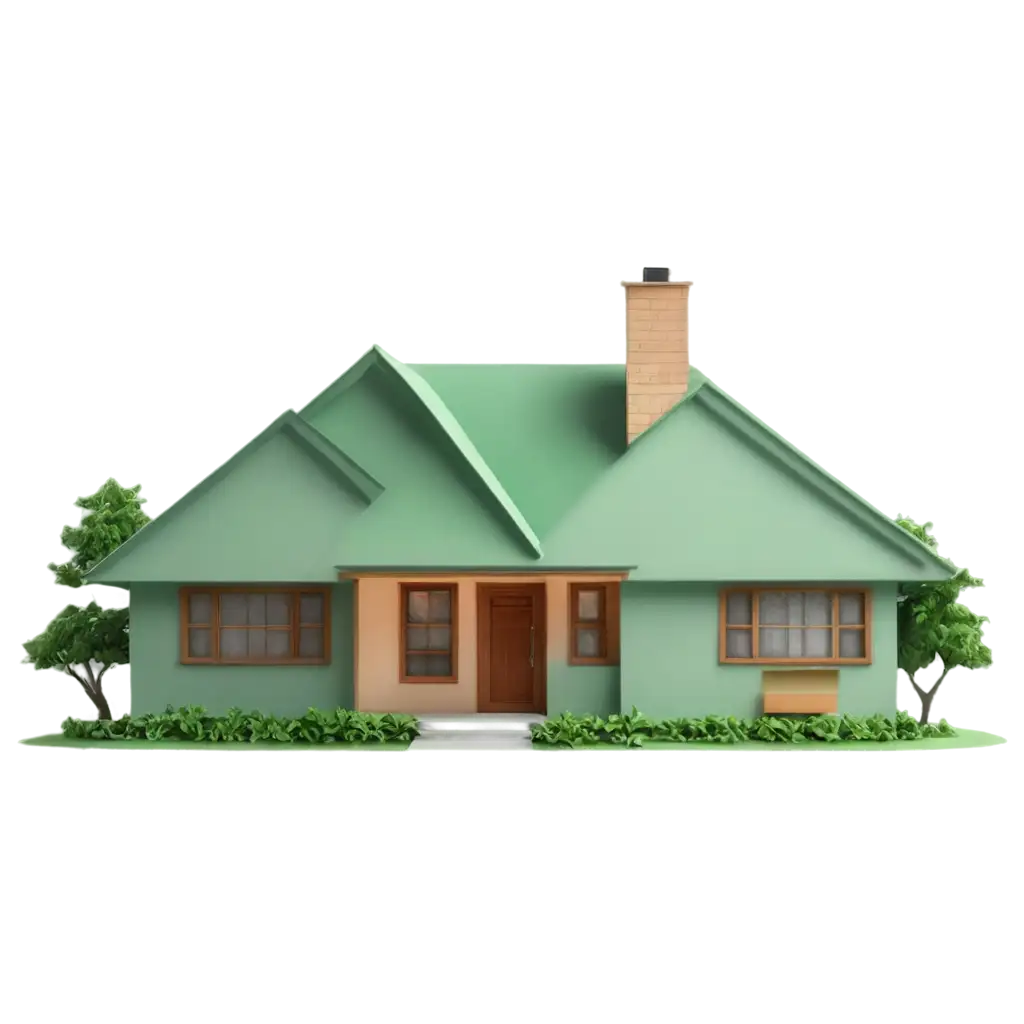
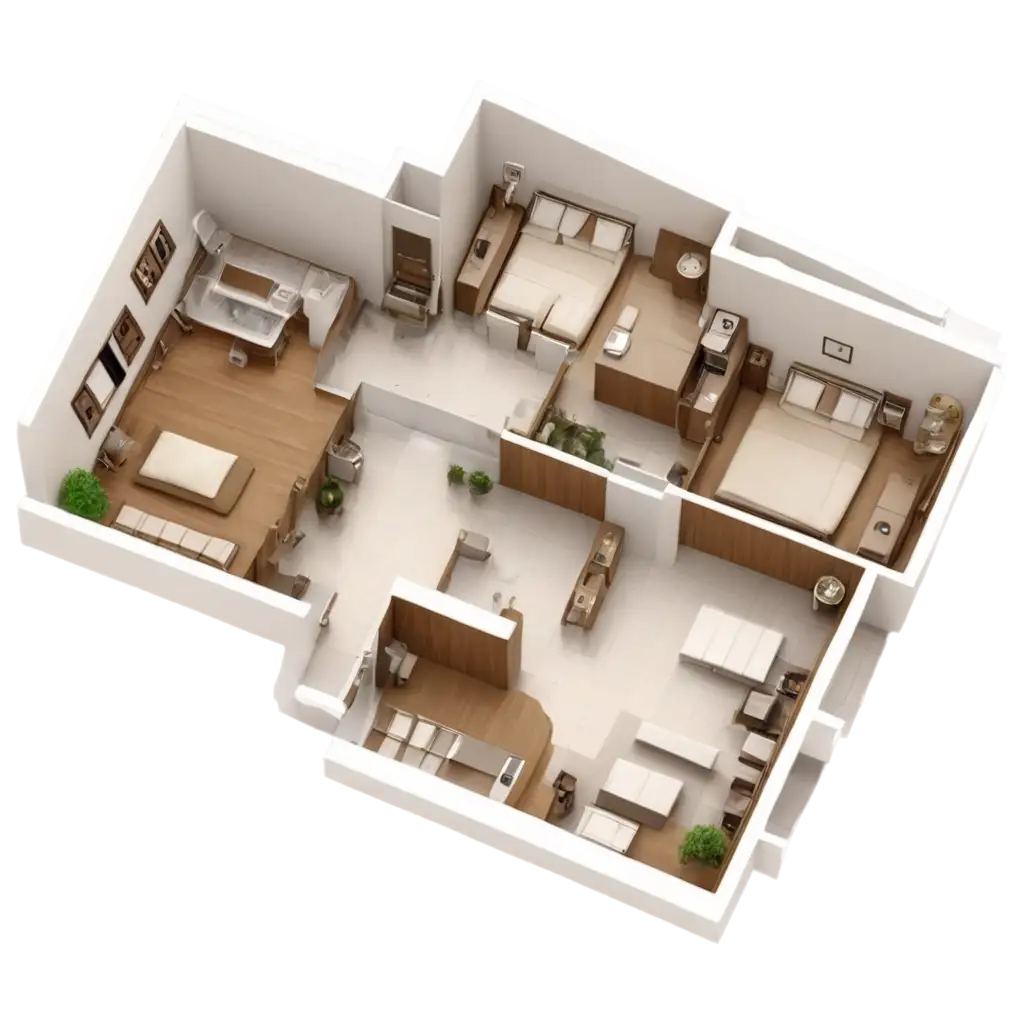

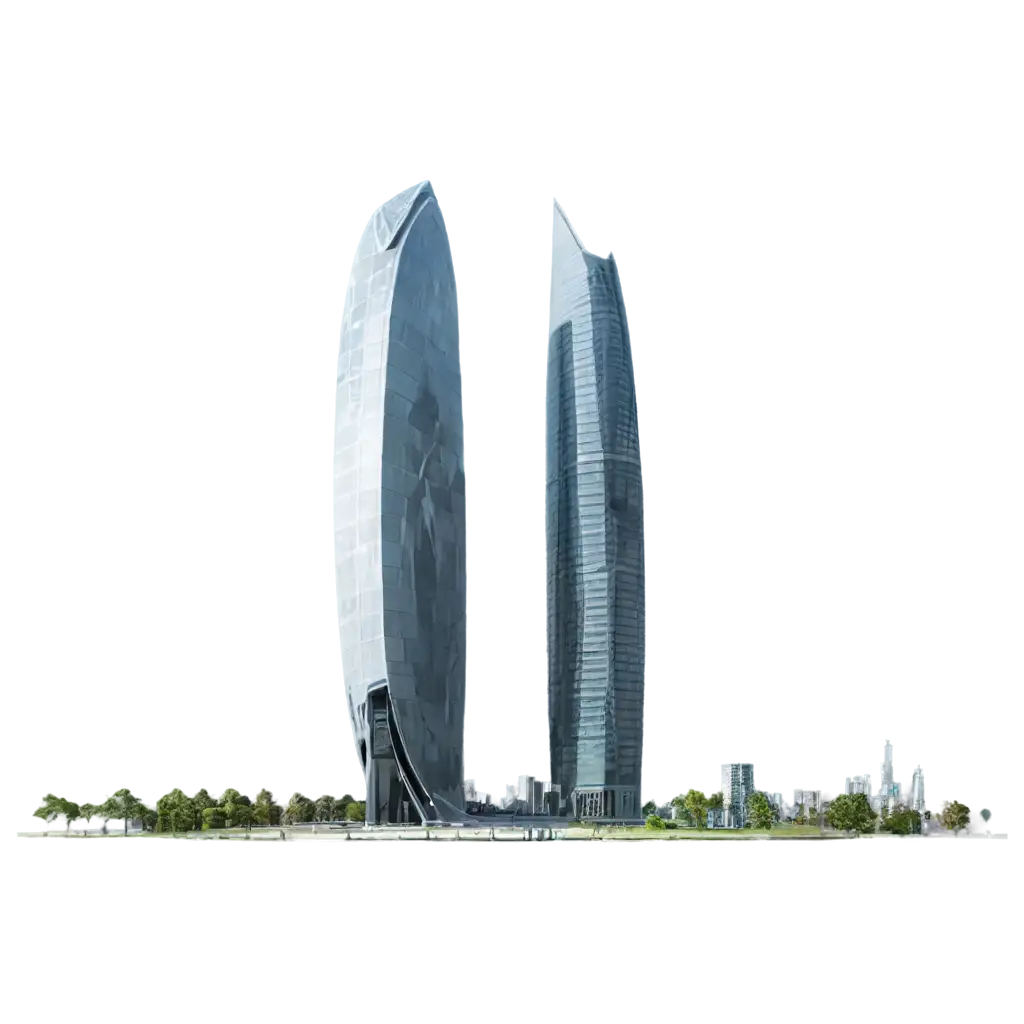
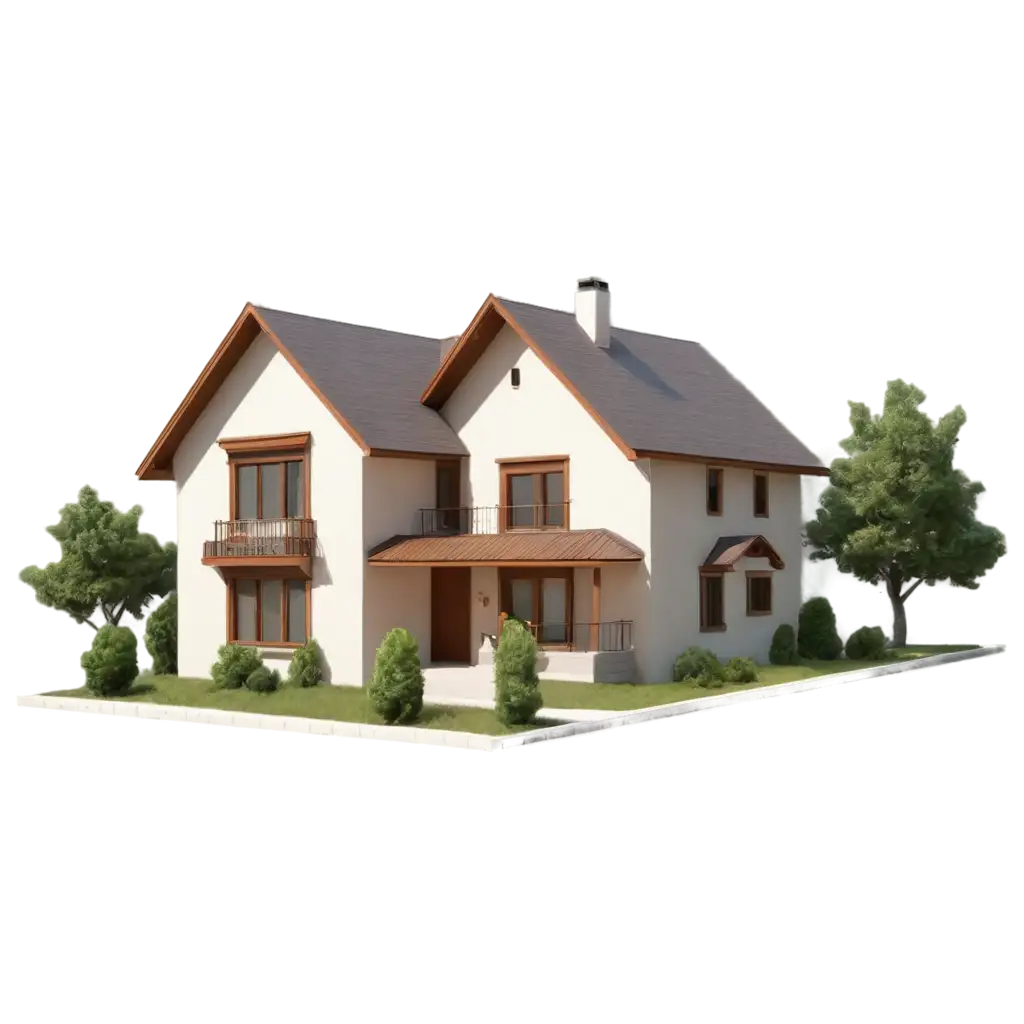
Related Tags
Digital Architecture is a rapidly evolving field that combines architectural design with cutting-edge digital technologies. It encompasses the use of computer-aided design (CAD) software, 3D modeling, virtual reality, and other digital tools to conceptualize, visualize, and develop innovative architectural structures. This digital approach allows architects to explore complex geometries, simulate building performance, and create highly detailed renderings that were once difficult or impossible to achieve through traditional methods. The rise of digital architecture has transformed the design process, enabling architects to push the boundaries of what is possible and create visually striking, technologically advanced buildings.
Definition and Background of Digital Architecture
Digital Architecture is characterized by its emphasis on computational design, parametric modeling, and the integration of emerging technologies. Architects in this field utilize algorithms, scripting, and data-driven processes to generate unique, often organic forms that would be challenging to design manually. These digital tools also facilitate the exploration of sustainable building strategies, such as energy-efficient systems and adaptive building envelopes. As a result, Digital Architecture has found applications in a wide range of projects, from residential homes to commercial structures, public spaces, and large-scale urban developments. The versatility and problem-solving capabilities of this field have made it an increasingly valuable resource for architects and designers seeking to create innovative, high-performance buildings.
Characteristics and Applications of Digital Architecture
Some of the most renowned digital architecture projects include the Guggenheim Museum in Bilbao, Spain, designed by Frank Gehry, which features a sculptural, titanium-clad exterior that was made possible through the use of 3D modeling and advanced fabrication techniques. Another iconic example is the Beijing National Stadium, also known as the 'Bird's Nest,' designed by Herzog & de Meuron, which showcases the integration of parametric design and structural optimization. Digital architecture pioneers, such as Zaha Hadid, Rem Koolhaas, and Norman Foster, have pushed the boundaries of the field, creating remarkable structures that blend form, function, and technological innovation. Their visionary designs have inspired a new generation of architects to explore the vast potential of digital tools and computational design.
Notable Digital Architecture Projects and Pioneers
The rise of Digital Architecture has had a profound impact on the design and planning of modern cities. The ability to simulate building performance, visualize urban environments in 3D, and optimize the placement of structures has enabled architects and urban planners to create more sustainable, efficient, and livable cities. Digital tools also facilitate the integration of smart technologies, such as building automation systems and sensor networks, into urban infrastructure. This has led to the development of 'smart cities,' which leverage data-driven decision-making to improve resource management, transportation, and overall quality of life. As the world continues to urbanize, the influence of Digital Architecture on the future of our built environment is expected to grow, shaping the way we design, construct, and interact with the cities of tomorrow.
The Impact of Digital Architecture on Modern Design and Urban Planning